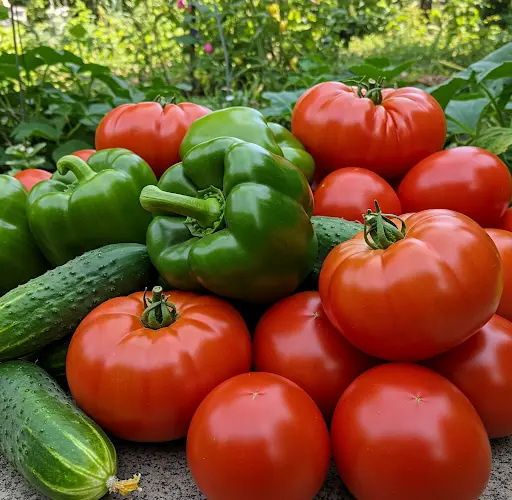How to Make Organic Liquid Fertilizer from Fruit Byproducts
Organic liquid fertilizers made from fruit byproducts offer a sustainable and highly effective way to nourish your garden. These fertilizers are rich in essential nutrients—especially potassium, which is key to promoting strong root development, vigorous flowering, and overall plant vitality. In addition to feeding your plants, this type of fertilizer can improve soil structure, boost microbial activity, and enhance the long-term fertility of the soil.
One particularly effective recipe involves using banana peels, compost tea, and non-chlorinated water. These ingredients work together to create a potent, eco-friendly liquid fertilizer that not only recycles food waste but also supports a thriving garden ecosystem. Here’s a step-by-step guide to help you create your own batch.
Step 1: Collect and Prepare Banana Peels
Start by collecting the peels from around 12 ripe bananas. Banana peels are an excellent source of potassium, phosphorus, calcium, and magnesium—all of which are essential for healthy plant growth. Cut the peels into small pieces to make them easier to process and break down.
Once chopped, place the banana peels into a blender. Add just enough water to help the blending process and blend until the mixture reaches a smoothie-like consistency. This helps the nutrients become more accessible and easier for plants to absorb once applied.
Step 2: Mix the Fertilizer Base
Pour approximately 2 liters of the blended banana mixture into a clean 5-gallon bucket. Then, fill the bucket with about 10 liters of non-chlorinated water. Chlorine can harm the beneficial microbes that support healthy soil, so it’s important to use dechlorinated or rainwater if possible. If you’re using tap water, let it sit uncovered for 24 hours to allow the chlorine to evaporate before use.
Step 3: Add Compost Tea
Next, add about 3 liters of compost tea to the bucket. Compost tea is a liquid made by steeping mature compost in water, allowing beneficial bacteria, fungi, and nutrients to infuse the liquid. It plays a crucial role in enriching the fertilizer mixture with microorganisms that support soil and plant health.
Stir the mixture thoroughly to ensure all components are well blended. This step helps kickstart the fermentation process and ensures even distribution of nutrients and microbes.
Step 4: Ferment the Mixture
Cover the bucket with a breathable cloth or mesh to keep pests out while still allowing for air exchange. Place the bucket in a shaded, warm area and allow the mixture to ferment for 5 to 7 days.
During this period, natural fermentation will occur. Beneficial microbes will proliferate, and the nutrients in the banana peels will begin to break down and become more bioavailable. Stir the mixture once a day to maintain oxygen flow and support microbial activity.
Step 5: Dilute and Apply
After the fermentation period is complete, the liquid fertilizer will be ready for use. However, before applying it to your plants, it’s important to dilute the mixture to prevent nutrient burn. A good rule of thumb is to mix one part of the fermented fertilizer with 10 parts water.
Use this diluted solution to water your plants at the base or as a foliar spray. It’s especially effective during the flowering and fruiting stages when plants have higher potassium demands. Repeat application every one to two weeks during the growing season for best results.
Benefits of Using Organic Fruit-Based Liquid Fertilizer
This organic fertilizer offers multiple advantages:
-
Nutrient-Rich: Banana peels are naturally high in potassium, which supports strong stems, roots, and blossoms. The compost tea adds nitrogen, beneficial microbes, and trace elements.
-
Improved Soil Health: Over time, regular use can help build healthier soil by increasing microbial diversity and improving soil structure.
-
Waste Reduction: This method recycles kitchen waste, reducing your environmental footprint and making use of materials that would otherwise be discarded.
-
Eco-Friendly Gardening: By avoiding synthetic fertilizers, you protect your garden from chemical build-up and reduce runoff that can harm local ecosystems.
-
Cost-Effective: The ingredients are inexpensive and often already available in your home, making it a budget-friendly option for any gardener.
Final Thoughts
Creating your own organic liquid fertilizer from banana peels and compost tea is a simple yet powerful way to support your plants and improve your soil naturally. With just a little time and a few kitchen scraps, you can create a high-quality fertilizer that contributes to a more vibrant, productive, and sustainable garden.



